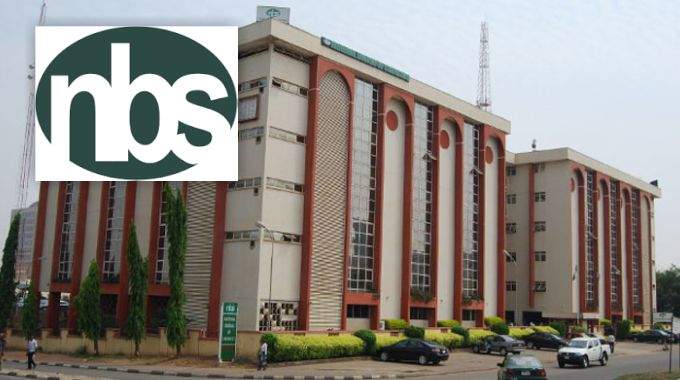Life Expectancy in Nigeria Sees Steady Rise Over 7 Years: NBS Report
The life expectancy rate for both males and females in Nigeria experienced a consistent, upward trend from 2015 to 2022, as revealed by the 7th Edition of the National Bureau of Statistics (NBS) Demographic Statistics Bulletin. This comprehensive report, released in Abuja, encompasses a wide array of key demographic indicators, shedding light on crucial aspects of Nigeria’s population and health landscape.
The NBS report indicates that the average life expectancy at birth for Nigerian males increased from 53.2 years in 2015 to 55.1 years in 2022, while for females, it rose from 55.3 years in 2015 to 57.2 years in 2022. Notably, the report underscores that the life expectancy of females surpasses that of males, exceeding by 2.1 years in both 2021 and 2022. These findings not only signify enhancements in the well-being of women and children, but also reflect improvements in Nigeria’s healthcare system, accompanied by a decline in cause-specific mortality rates.
The NBS emphasizes the need for targeted investments in healthcare policies and interventions to further bolster life expectancy in Nigeria, particularly focusing on elevating healthcare standards for women and children, enhancing child nutrition, combating indoor and outdoor air pollution, addressing unmet family planning needs, and ensuring access to safe drinking water. The report draws attention to the findings of the Multiple Indicator Cluster Survey (MICS 6, 2021), revealing disparities in contraceptive usage across different states, with Jigawa recording the highest percentage of non-compliance to any contraceptive method at 93.0%, while Lagos demonstrated the lowest non-compliance at 54.7%. Moreover, Lagos exhibited the highest utilization of modern contraceptive methods at 36.6%, contrasting with Jigawa’s low adoption rate of 3.6%.
In addition to illuminating health-related trends, the report delves into other demographic and socio-economic facets, including population projections, inward and outward remittance flows, trafficking in persons, and National Identification Number (NIN) registrations. The projected population for Nigeria in 2022 stands at 216,783,381, with a near-balanced gender distribution. Highlighting the significance of remittance inflows, the report underscores the United Kingdom’s prominent position in inward remittances, alongside the United States of America’s lead in outward remittance flows. Moreover, it casts a spotlight on the prevalence of human trafficking, revealing that Benin Republic accounted for over half of the total rescued foreign victims of trafficking in Nigeria in 2021. This sobering statistic is complemented by insights into the apprehension of human traffickers and the rescue of Nigerian victims.
Furthermore, the report underscores the substantial surge in NIN registrations in 2021, attributing the heightened figures to the Federal Government’s stipulated deadline for registration, while acknowledging the impact of the COVID-19 lockdown on the lower registrations in 2020. These intricate details gleaned from the NBS Demographic Statistics Bulletin offer a multifaceted view of Nigeria’s demographic landscape, encapsulating the nuances of population dynamics, healthcare, remittance flows, and efforts to combat human trafficking.
The NBS’s meticulously compiled report serves as a critical resource, providing comprehensive insights that are instrumental for policymakers, healthcare professionals, and stakeholders vested in the socio-economic development and well-being of Nigeria’s populace.
By skillfully weaving together statistical insights and contextual analysis, the NBS report engenders a deeper understanding of the evolving demographic and health trends in Nigeria, paving the way for informed strategies and interventions aimed at enhancing the quality of life for all Nigerian citizens.
This vivid portrayal of Nigeria’s demographic trajectory, characterized by rising life expectancies, underscores the country’s progress in advancing healthcare and socio-economic well-being, while simultaneously illuminating areas that warrant concerted attention and targeted interventions for sustained and inclusive development.
*Keywords: Nigeria, life expectancy, National Bureau of Statistics, healthcare, demographic indicators, population, remittance flows, human trafficking, NIN registrations*
